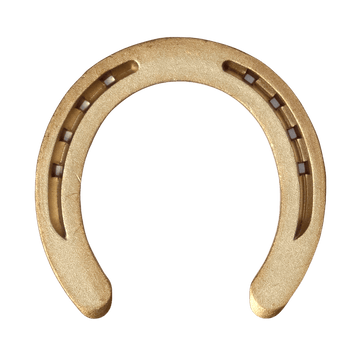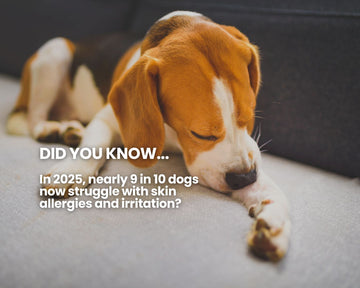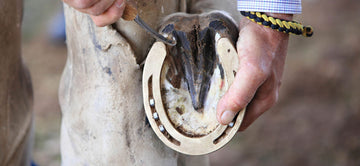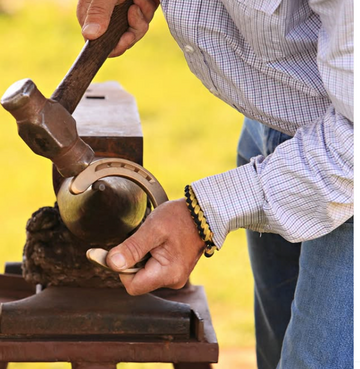Introduction to Grooming
Proper grooming is a fundamental part of horse care and plays a critical role in keeping your horse’s skin and coat in top condition. Using a horse brush isn’t just about cleanliness—it’s an opportunity to inspect your horse’s body for signs of injury or illness, such as thick patches, cuts, or swelling.
This hands-on care helps build a stronger bond between horse and handler while supporting the horse’s comfort and health.
Hard brushes, curry combs, and dandy brushes help remove dirt, dried sweat, debris, loose hair, dander, and dust. When used regularly, these horse tools can prevent matting and reduce the risk of painful skin conditions caused by dirt buildup or rubbing from tack. Grooming stimulates blood flow, enhances coat shine, and can be a soothing ritual your horse learns to enjoy.
Whether you’re getting ready for a show or just caring for your horse after a muddy ride, using the best grooming tools—especially the right hard brush—can significantly improve your horse’s hygiene and appearance.

Choosing the Right Horse Brush
Selecting the correct grooming brush depends largely on your horse’s coat type and skin sensitivity. Hard brushes, or stiff-bristled brushes, are perfect for loosening stubborn dirt and removing dried sweat from thicker areas like the body and legs.
The effectiveness of these brushes is influenced by the bristles' stiffness, which helps in loosening stubborn dirt and removing dried sweat. They are ideal for use on hardy breeds or horses with dense coats.
When shopping for a hard brush, pay attention to the bristle material. Synthetic bristles are easy to clean and resist water, while natural fiber bristles are gentle and eco-friendly. A good hard brush should also have a sturdy, ergonomic handle that fits comfortably in your hand, especially for extended grooming sessions.
Avoid using stiff brushes on sensitive areas like the face or underbelly. Instead, pair them with softer body brushes or face brushes to ensure a gentle, thorough grooming routine tailored to your horse’s needs.
Types of Horse Brushes and Their Uses
Horse brushes come in a variety of types, each designed to tackle specific grooming tasks and cater to different areas of your horse’s body. Understanding the purpose of each brush can make your grooming routine more effective and enjoyable for both you and your horse.

Benefits of Grooming Brushes
Grooming brushes offer far more than cosmetic improvements. Maintaining a horse's coat is crucial for its overall health and appearance, as it helps in distributing natural oils and keeping the coat clean and shiny. Here are some of the most important benefits:
-
Cleansing and Debris Removal: Hard brushes remove dried mud, hair, and sweat, which helps prevent skin irritation and keeps tack areas clean.
-
Stimulation of Blood Circulation: The firm bristles increase circulation, which promotes healthy hair growth and nourished skin.
-
Bonding Time: Grooming is a daily opportunity to connect with your horse. Horses often find the repetitive motion soothing, and owners learn to recognize subtle changes in behavior or physical condition.
-
Health Monitoring: Grooming time helps owners catch issues early—whether it’s a new bump, skin lesion, or sore spot under the saddle.
Hard brushes are especially useful after muddy rides or turnout sessions, offering efficient cleaning that prepares your horse for riding or time in the stall.
Grooming Techniques
Using a hard brush correctly ensures you get the most benefit without irritating your horse’s skin. Here are some best practices:
-
Start with a Curry Comb: Begin by loosening debris with a copper curry horse brush in circular motions, especially over large muscle areas.
-
Follow with a Hard Brush: Use the hard brush in short, flicking strokes to sweep away dirt and hair and dust, always brushing in the direction of hair growth.
-
Avoid Sensitive Areas: Use soft brushes around the face, flank, and legs to prevent discomfort or skin damage.
-
Finish with a Soft Brush or Cloth: To add shine, follow up with a soft brush or clean cloth to smooth the coat and distribute natural oils.
Incorporate grooming into your horse’s daily routine to promote health and cleanliness. The more consistent you are, the less dirt and debris will build up, making each session quicker and more enjoyable for both you and your horse.
Common Mistakes in Horse Grooming
Grooming your horse is an essential part of their care routine, but it’s easy to make mistakes that can lead to discomfort or even health issues for your horse. Here are some common grooming mistakes and how to avoid them.

Horse Care and Maintenance
Grooming is just one piece of the overall care puzzle. To maintain a healthy and happy horse, consistent routines should include:
-
Proper Nutrition: A balanced diet helps support healthy skin and coat from the inside out.
-
Clean Water: Always provide fresh, clean water to support hydration and metabolic health.
-
Regular Exercise: Movement improves circulation and muscle tone, both of which benefit the skin and coat.
-
Veterinary Checkups: Annual exams and routine vaccinations are vital to catch and prevent health problems.
-
Hoof Care: Grooming should include checking the hooves for cracks, debris, and signs of thrush or other infections. Our horse hoof paste can help keep your horse's hooves healthy.
A clean, well-maintained coat reflects a horse’s overall wellness and is a sign of attentive and compassionate care.
Selecting the Best Grooming Tools
To achieve optimal results, you need the right grooming tools for your horse’s coat and temperament. Here are a few essentials for your grooming kit:
-
Hard Brush (Dandy Brush): Perfect for removing heavy dirt and sweat on the body.
-
Copper Curry Comb: Loosens debris and stimulates the skin beneath the coat.
-
Soft Body Brush: Used for finishing and smoothing out the coat.
-
Mane and Tail Comb: Gently detangles and maintains hair health.
-
Face Brush: Small, soft brush used for sensitive facial areas.
Look for brushes that are lightweight, well-constructed, and easy to clean. Some brushes even come with antimicrobial properties to keep bacteria at bay. Brands like Oster, Weaver, and Tough 1 are popular for their ergonomic designs and long-lasting bristles.
Grooming Routine Recommendations
Here’s a sample daily grooming routine that incorporates your hard brush:
-
Tie Your Horse Safely: Use a quick-release knot or cross ties in a well-lit grooming area.
-
Curry First: Use circular motions to loosen dirt and bring debris to the surface.
-
Hard Brush Next: Follow with a stiff-bristled brush to flick off loose dirt and hair.
-
Soft Brush Finishing: Smooth the coat and remove any remaining particles.
-
Mane and Tail Care: Detangle gently with fingers or a wide-tooth comb.
-
Hoof Cleaning: Pick out all four hooves and check for signs of damage or infection.
-
Inspect and Reward: Check your horse for scratches or swelling and end with praise or a treat.
This routine takes only 15–20 minutes and can be customized based on your horse’s condition and activity level.
Frequently Asked Questions
What does a hard brush do for horses?
A hard brush (also called a dandy brush) removes dried dirt, sweat, loose hair, and dander from the horse’s coat, especially in high-traffic areas like the legs, neck, and barrel.
What is the difference between a hard brush and a soft brush?
A hard brush has stiff bristles designed for removing heavy debris, while a soft brush has finer bristles used for smoothing the coat and cleaning sensitive areas.
Is a dandy brush a hard brush?
Yes, a dandy brush is a type of hard brush commonly used after currying to sweep away dirt and bring out the shine in the coat.
How do you use a stiff brush on a horse?
Use short, brisk strokes in the direction of hair growth after loosening dirt with a curry comb. Avoid sensitive areas and follow up with a softer brush.
Conclusion
Grooming your horse is more than a chore—it’s a daily ritual that strengthens your bond, enhances health, and leaves your horse looking its best. Hard brushes, particularly dandy brushes with stiff bristles, are essential for removing tough dirt and maintaining a healthy, gleaming coat.
By investing in the right grooming tools and learning proper techniques, you can ensure your horse stays comfortable, clean, and ready for whatever lies ahead—be it a trail ride, a show ring, or a relaxing day in the pasture.
Make grooming a part of your routine, and you’ll be rewarded with a healthier, happier equine companion.










